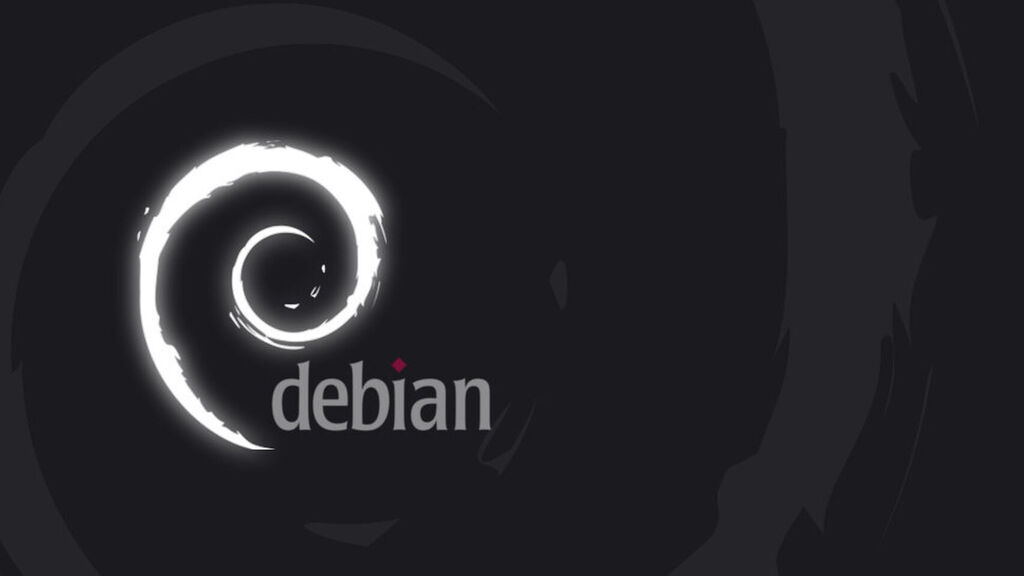

However, when it does, it will be a very stable one. Unlike other distros, you won’t be getting frequent upgrades on the Debian operating system. Tools for Qt 13.7.Debian is one of the stable Linux distributions out there. Customizing the Graphical Interface 13.2.1. Simple-CDD: The All-In-One Solution 12.4. Setting Up Windows Shares with Samba 11.5.1. Fighting Spam with SPF, DKIM and DMARC 11.1.8.

Customizing Filters Based On the Recipient 11.1.6. Restrictions for Receiving and Sending 11.1.4. Network Services: Postfix, Apache, NFS, Samba, Squid, LDAP, SIP, XMPP, TURN 11.1.

Public Key Infrastructure: easy-rsa 10.3. Creating gratis trusted certificates 10.2.2. Power Management: Advanced Configuration and Power Interface (ACPI) 10. Scheduling Asynchronous Tasks: anacron 9.9. Scheduling Tasks with cron and atd 9.7.1. Administrating on a Web Interface: webmin 9.4.2. Features of a Debian Kernel Package 8.11.2. Compiling and Building the Package 8.10.5. Other Configurations: Time Synchronization, Logs, Sharing Access… 8.9.1. Modifying an Existing Account or Password 8.4.4. The Hidden and Encrypted Password File: /etc/shadow 8.4.3. Setting the Hostname and Configuring the Name Service 8.3.1. Automatic Network Configuration for Roaming Users 8.3. Connecting with PPP through a PSTN Modem 8.2.4. Configuring the System for Another Language 8.1.1. Basic Configuration: Network, Accounts, Printing. Reporting a Bug When a Problem Is Too Difficult 8. Solving Problems and Finding Relevant Information 7.1. Handling Command Line Interactions 6.9.5. Handling Problems after an Upgrade 6.7.3. Upgrading from One Stable Distribution to the Next 6.7.1. Tracking Automatically Installed Packages 6.2.8. Working with Several Distributions 6.2.7. aptitude, apt-get, and apt Commands 6.2.1. Repositories for Testing/ Unstable Users 6.1.4. Maintenance and Updates: The APT Tools 6.1. Coexistence with Other Packaging Systems 6. Checksums, List of Configuration Files, et al. Packaging System: Tools and Fundamental Principles 5.1. Finishing the Installation and Rebooting 4.3. Selecting Packages for Installation 4.2.18. Debian Package Popularity Contest 4.2.17. Configuring the Package Manager ( apt) 4.2.16. Detecting Disks and Other Devices 4.2.13. Booting and Starting the Installer 4.2.2. Installing through Network Booting 4.1.4. Installing and Configuring the Selected Services 4. Taking Over an Existing Debian Server 3.2.4. Integration with Other Linux/Unix Machines 3.2. Coexistence in Heterogeneous Environments 3.1.1. Analyzing the Existing Setup and Migrating 3.1. Commercial and Community Driven Distributions 2.5. The Promotion from Testing to Stable 1.6.5. The Inner Workings of the Debian Project 1.3.1. The Legal Framework: A Non-Profit Organization 1.2. Personal Acknowledgments from Raphaël 6.5.


 0 kommentar(er)
0 kommentar(er)
